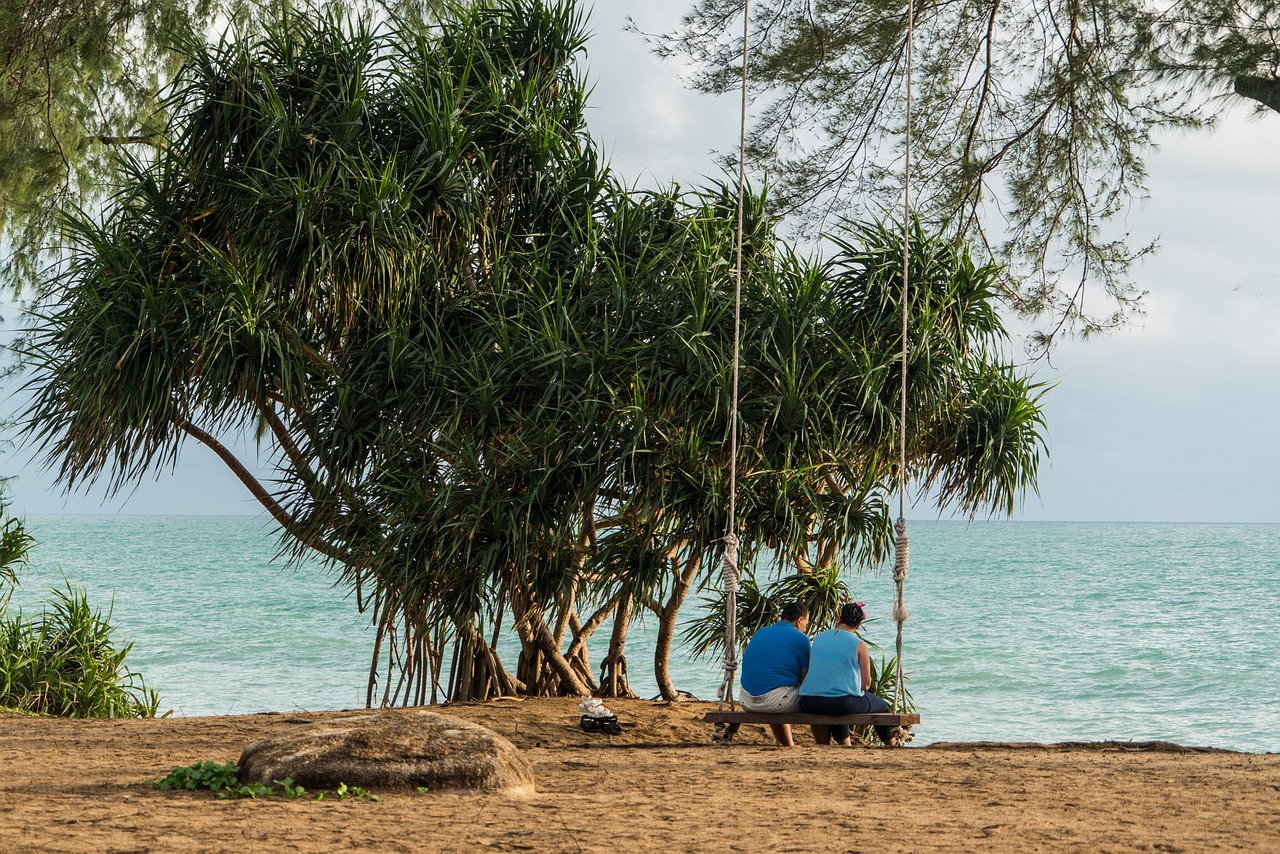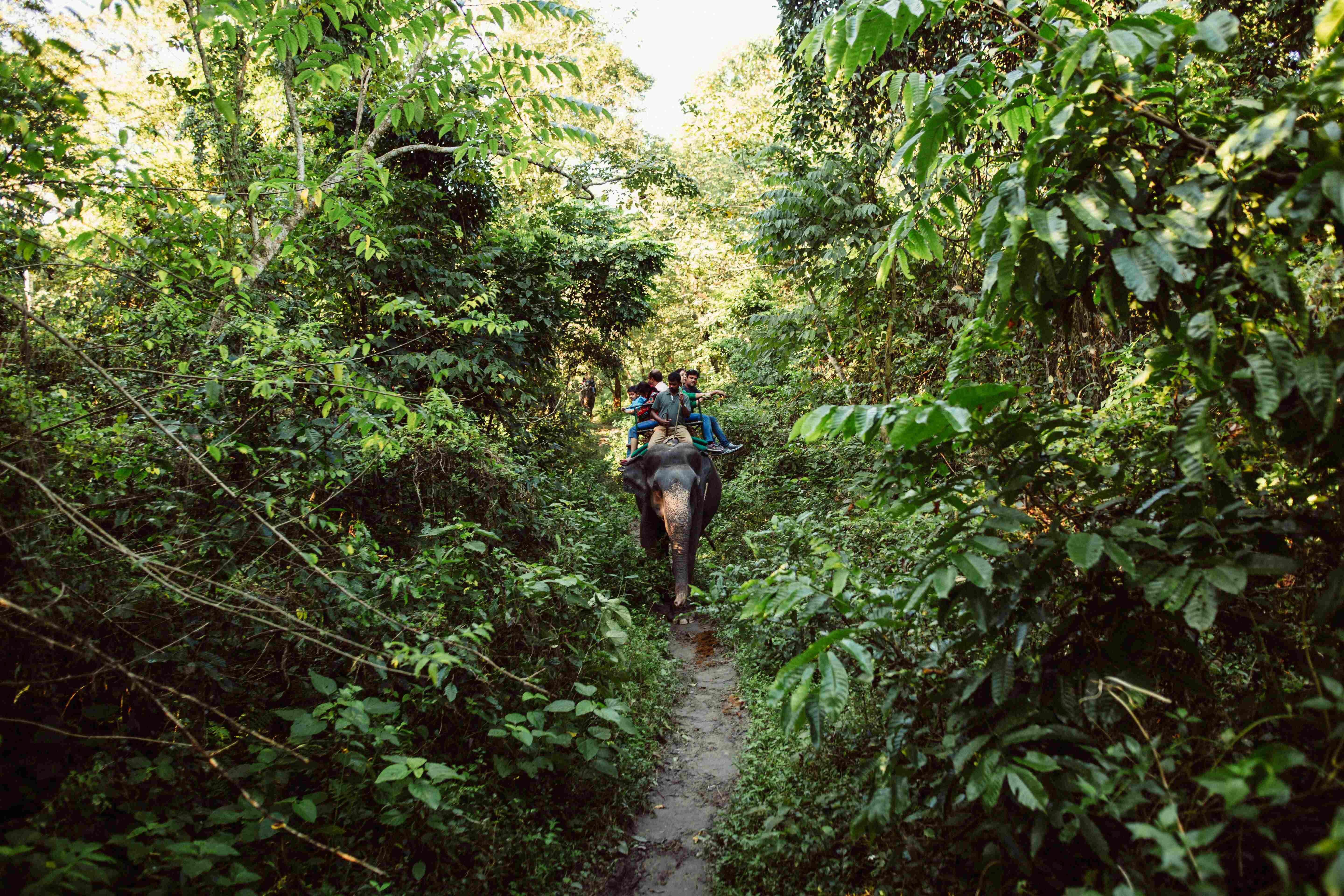Hidden Freedom Trails in India
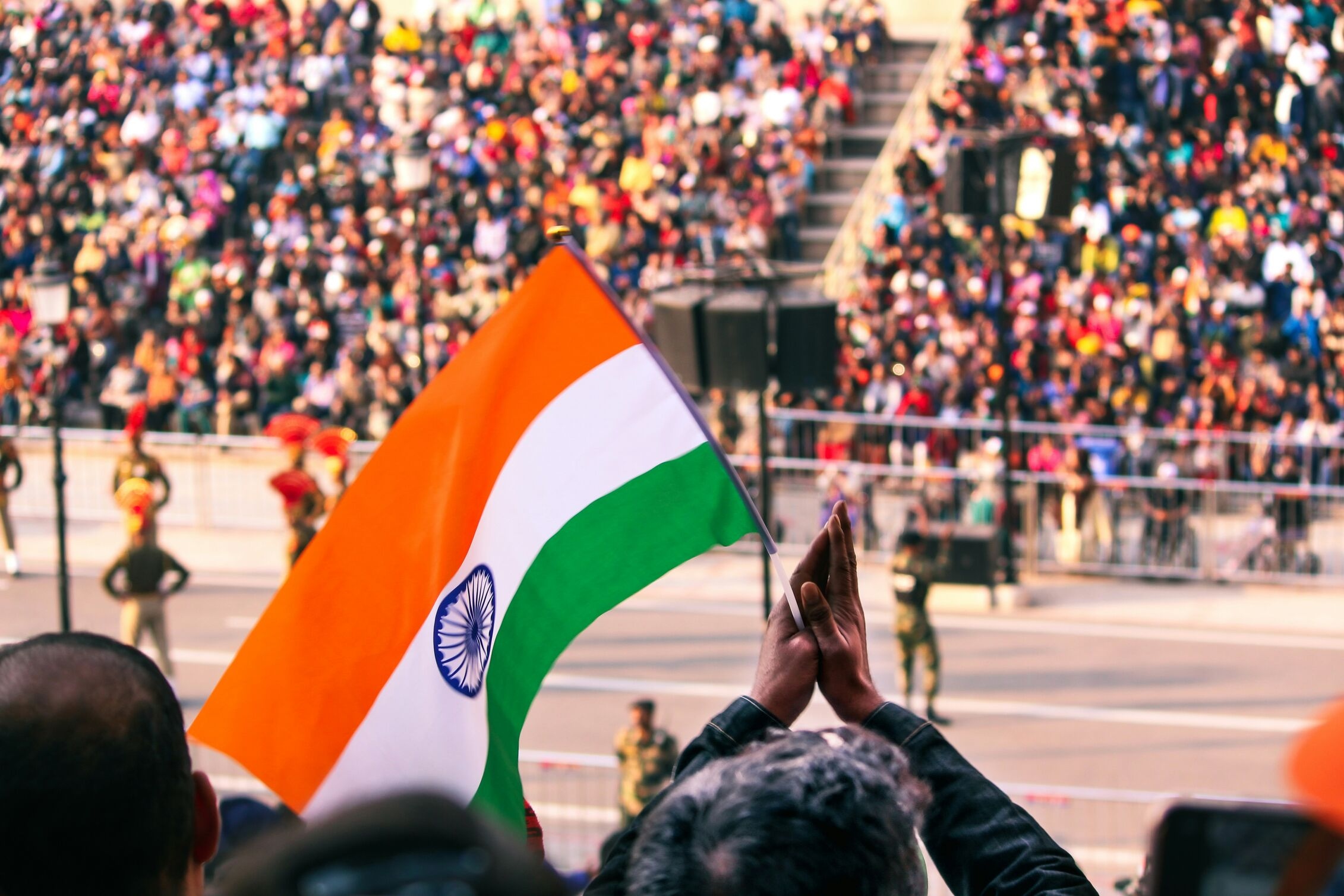
India proudly celebrates its Independence on August 15th each year, with flags raised, speeches given, and national anthems sung around the nation. Television screens fill with scenes of flag hoisting, parades, and patriotic songs, streets are adorned with tricolour decorations, schools organise events, and social media overflows with patriotic quotes and memories - the same familiar rituals we’ve grown up watching. But what if this year you could observe the day in a new way?
Traveling on Independence Day provides not just a break from daily life, but a powerful link to the past. It's a unique opportunity to go to the same locations where the spirit of rebellion began, where cries of resistance arose, and where the land still bears the footprints of revolutionaries. India's lesser-known historical landscapes are gaining popularity in 2025 as more tourists opt for cultural and purpose-driven travel experiences. These are not the typical tourist destinations; rather, they are the undiscovered regions of India where genuine sacrifices were made. So, this Independence Day, honour the day not just with symbols, but with footsteps.
1. Cellular Jail, Port Blair (Andaman & Nicobar Islands)
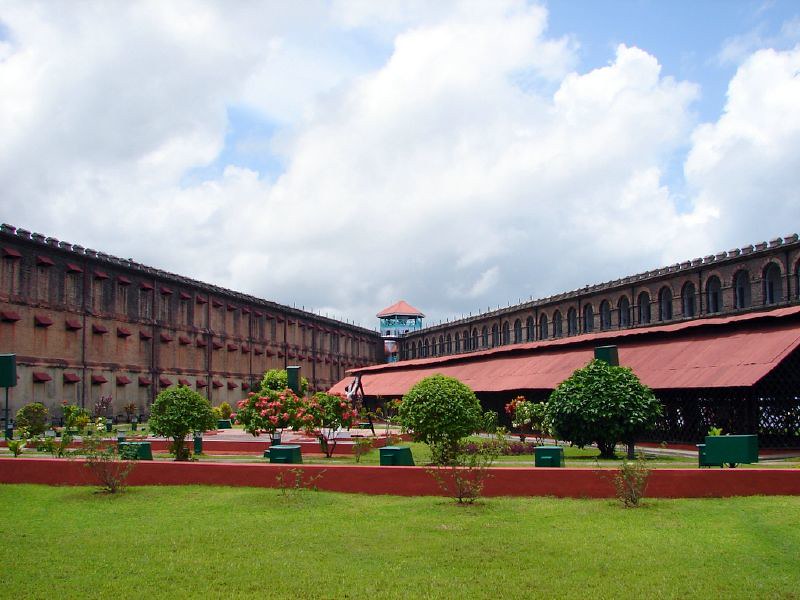 What happened here: The British used this legendary colonial prison, known as "Kala Pani," to silence, imprison, and destroy India's freedom warriors. Hundreds of revolutionaries, such as Yogendra Shukla, Batukeshwar Dutt, and Veer Savarkar, called it home over the years. Within the chilly stone walls of this isolated jail, prisoners suffered from physical abuse, hard work, and silence.
What happened here: The British used this legendary colonial prison, known as "Kala Pani," to silence, imprison, and destroy India's freedom warriors. Hundreds of revolutionaries, such as Yogendra Shukla, Batukeshwar Dutt, and Veer Savarkar, called it home over the years. Within the chilly stone walls of this isolated jail, prisoners suffered from physical abuse, hard work, and silence.
Why visit: Every evening, a light-and-sound show tells the frightening but inspiring story of sacrifice in the voices of those who experienced it. The gallows, cell blocks, and museum displays that have been kept provide visitors a tangible, personal grasp of what "freedom" cost this nation.
Entry fee: ₹30 for Indians, ₹100 for foreign visitors
Travel tips:
Take a 15-minute boat journey to Netaji Subhas Chandra Bose Island (previously Ross Island), on the same day.
Visit the evening light and sound show, but purchase your tickets in advance, especially on national holidays or Independence Day. Shows in Hindi and English are held on alternate days.
2. Netaji Subhas Chandra Bose Island, Andaman & Nicobar Islands
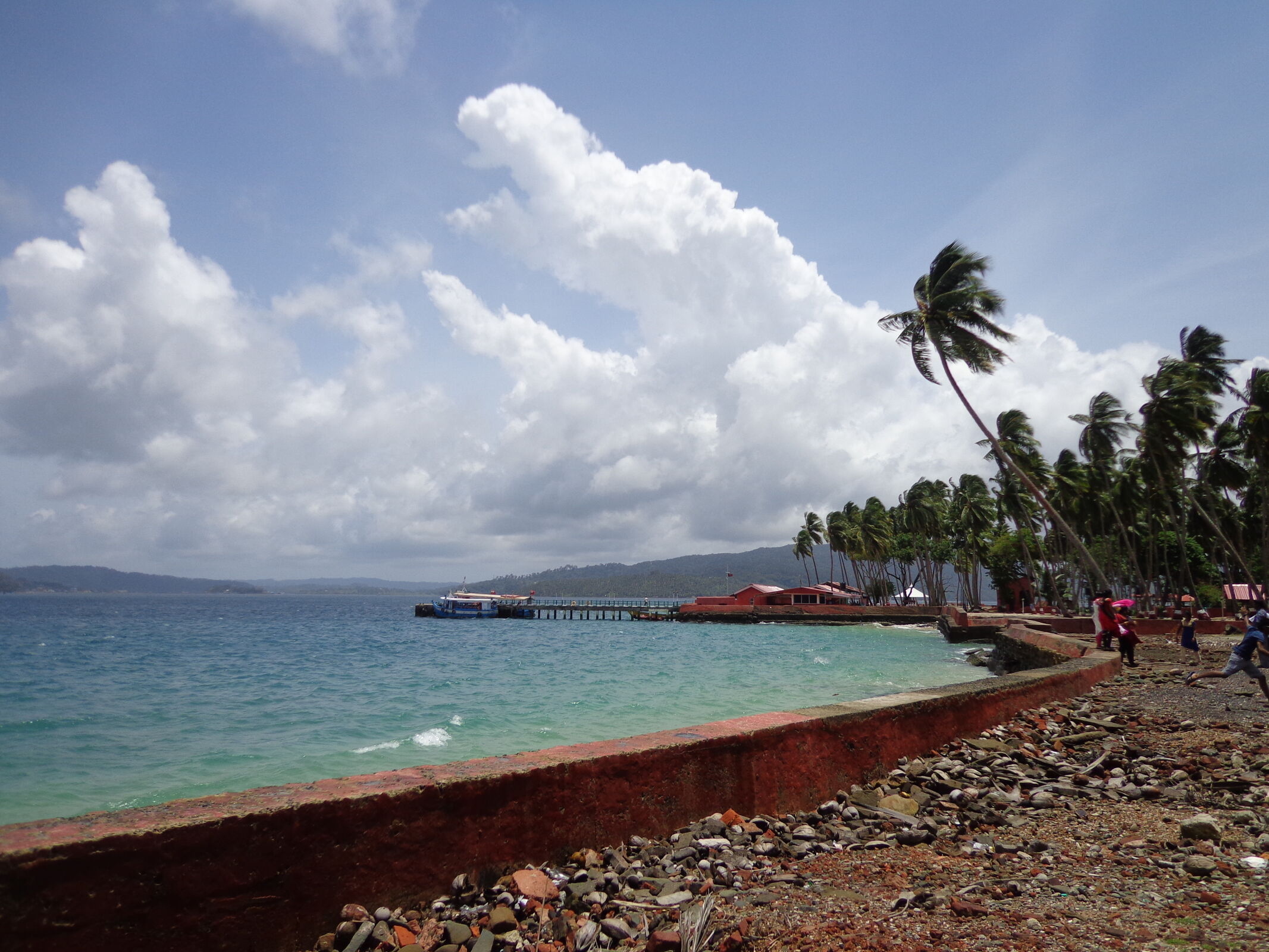 What happened here: This was once the British administrative centre, which was renamed Netaji Subhas Chandra Bose Island in 2018 to mark a significant turning point in India's history of independence. The Andaman & Nicobar Islands were declared the first Indian territory to be freed from British rule in December 1943 when Netaji Subhas Chandra Bose, the leader of the Indian National Army (INA), raised the Indian national flag here.
What happened here: This was once the British administrative centre, which was renamed Netaji Subhas Chandra Bose Island in 2018 to mark a significant turning point in India's history of independence. The Andaman & Nicobar Islands were declared the first Indian territory to be freed from British rule in December 1943 when Netaji Subhas Chandra Bose, the leader of the Indian National Army (INA), raised the Indian national flag here.
Why visit: A unique combination of history and scenic beauty can be found on Netaji Subhas Chandra Bose Island. Entering its overgrown colonial ruins is like entering a lost era of India's liberation history. An almost surreal scene is created by the abandoned church, the British-era bakery, the officer's quarters, and the Japanese bunkers, all of which have been reclaimed by banyan roots and quiet. Whatever your interests are-history, culture, or pure natural beauty- this island provides an unforgettable vacation experience.
Things you can do:
Walk Through Colonial Ruins - discover the lovely remains of the British church, cemetery, bakery, barracks, and administrative buildings.
Spot Friendly Wildlife - The island is home to spotted deer and peacocks that walk freely because they are used to tourists!
Boat Rides - Particularly at sunrise or sunset, the short boat journey itself provides amazing views of Port Blair.
3. Chandannagar, West Bengal
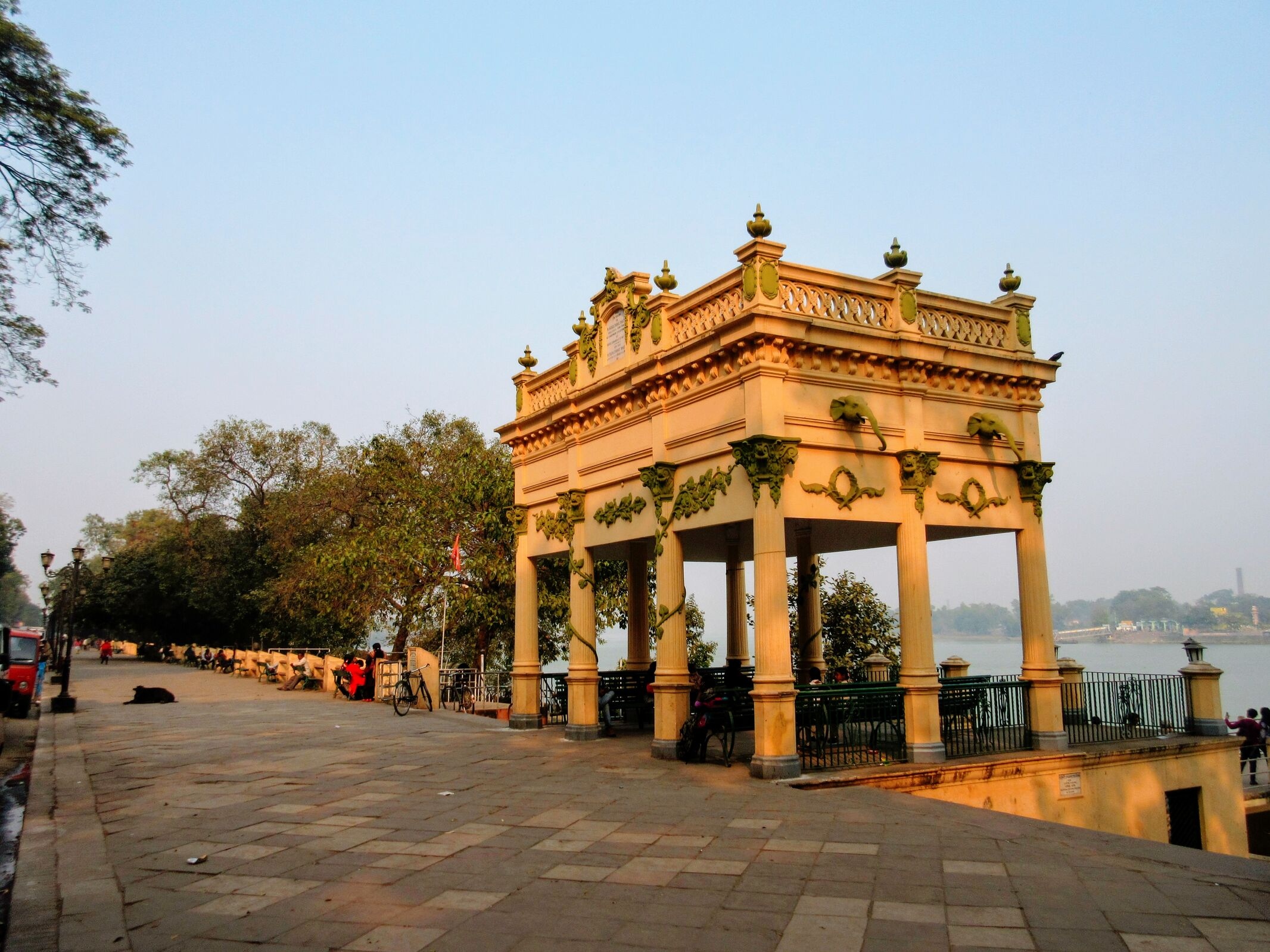 What happened here: Chandannagar, formerly known as Chandernagore, was one of the last French colonies to become a part of the Indian Republic, having done so until 1950. For revolutionaries like Sri Aurobindo, it was a haven where underground movements, publications, and covert gatherings flourished. Despite being frequently eclipsed by Kolkata, it served as a quiet hub for French-Indian political discourse and anti-British ideas.
What happened here: Chandannagar, formerly known as Chandernagore, was one of the last French colonies to become a part of the Indian Republic, having done so until 1950. For revolutionaries like Sri Aurobindo, it was a haven where underground movements, publications, and covert gatherings flourished. Despite being frequently eclipsed by Kolkata, it served as a quiet hub for French-Indian political discourse and anti-British ideas.
Why visit: Chandannagar is serene, adorable, and rich in culture. Explore the Strand promenade along the Hooghly River, which is bordered by colonial-era buildings such as the Governor's House, Sacred Heart Church, and the Institut de Chandernagore, each of which offers a glimpse of Bengal's lost French history. The town is ideal for those seeking a peaceful yet culturally rich day excursion due to its relaxed atmosphere.
Things you can do:
The Strand's Heritage Walk - Visit the museum to view rare records, archives of the independence struggle, and French artefacts.
Food - Visit nearby cafés to sample Bengali-French fusion snacks.
Photography - of riverbank landscapes and colonial buildings.
4. Alipore Jail, Kolkata
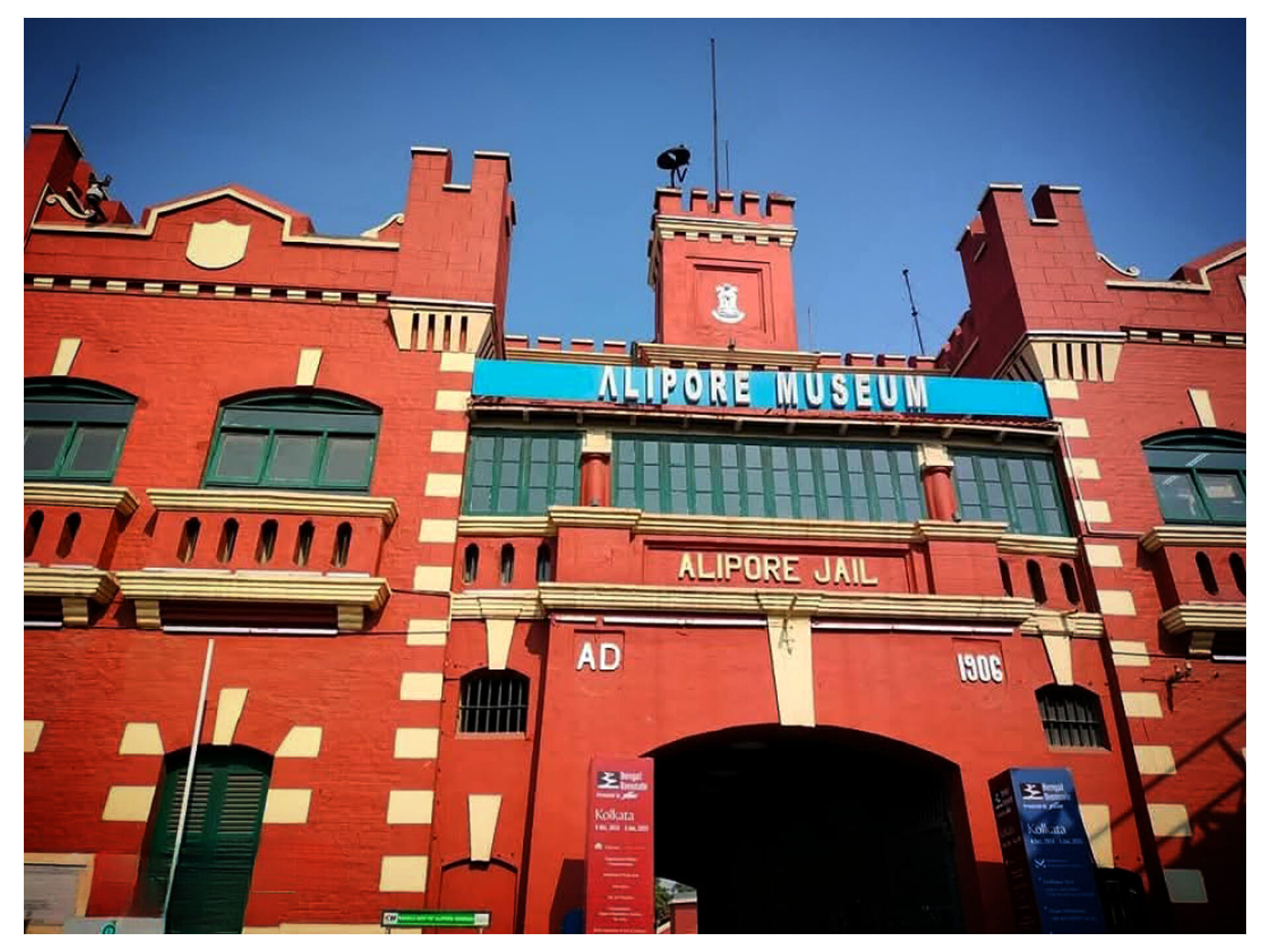 What happened here: One of the most feared colonial prisons in British India was the Alipore Central Jail, which was constructed in 1906. After revolutionaries from Anushilan Samiti, including Sri Aurobindo, Barindra Ghosh, and several others, were arrested for plotting to overthrow British rule in the Alipore Bomb Case (1908–1909), it gained notoriety. Numerous people were executed, held in isolation, or imprisoned here without a trial. Alipore Jail came to represent both revolutionary bravery and political repression over time. In 2022, it was transformed into a museum as a potent act of remembering, conserving letters, jail journals, noose chambers, and cell blocks that reveal the little-known tales of Bengal's independence warriors.
What happened here: One of the most feared colonial prisons in British India was the Alipore Central Jail, which was constructed in 1906. After revolutionaries from Anushilan Samiti, including Sri Aurobindo, Barindra Ghosh, and several others, were arrested for plotting to overthrow British rule in the Alipore Bomb Case (1908–1909), it gained notoriety. Numerous people were executed, held in isolation, or imprisoned here without a trial. Alipore Jail came to represent both revolutionary bravery and political repression over time. In 2022, it was transformed into a museum as a potent act of remembering, conserving letters, jail journals, noose chambers, and cell blocks that reveal the little-known tales of Bengal's independence warriors.
Why visit: Alipore Jail is a journey through the revolutionary heart of Bengal, not just a museum. The gallows, grand prison walls, and renovated wings all contribute to the sorrowful atmosphere. You will discover Rare photos, interactive exhibits, and personal property from the prison, as well as Sri Aurobindo's initial cell. Today, Alipore Jail serves as a reminder of the unwavering spirit that led India's independence movement. You will experience history there rather than only learn about it.
Entry fee: For Indian citizens, ₹30 and for foreign visitors, ₹200
5. Moirang, Manipur
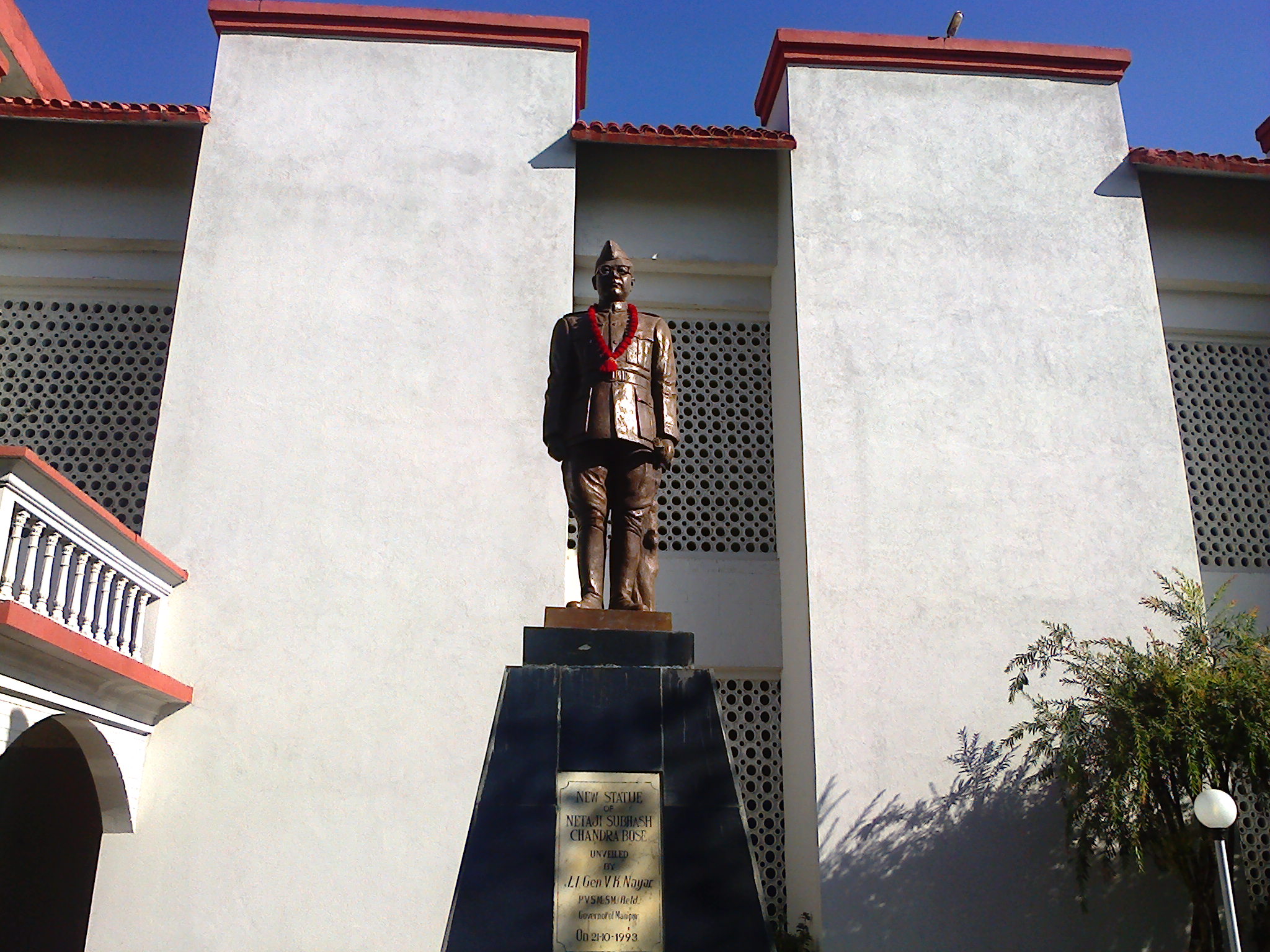 What happened here: One of the most significant and underappreciated times during India's independence movement took place at Moirang, which is tucked away in the center of Manipur. In April 1944, during World War II, the Indian National Army (INA) under the leadership of Netaji Subhas Chandra Bose and with assistance from the Japanese Army, hoisted the Indian national flag in Moirang. This event was more than just a symbolic act - it was a historic declaration of India's intent to govern itself and gave the freedom movement a powerful boost.
What happened here: One of the most significant and underappreciated times during India's independence movement took place at Moirang, which is tucked away in the center of Manipur. In April 1944, during World War II, the Indian National Army (INA) under the leadership of Netaji Subhas Chandra Bose and with assistance from the Japanese Army, hoisted the Indian national flag in Moirang. This event was more than just a symbolic act - it was a historic declaration of India's intent to govern itself and gave the freedom movement a powerful boost.
Why visit: A glimpse into the bravery, sacrifices, and strategies of the INA can be gained by visiting this INA War Museum, which features displays such as INA uniform, Rare photos, Early weapons, Subhas Chandra Bose's private messages and texts. There is a magnificent bronze statue of Netaji in salute at the INA Martyrs' Memorial, which proudly displays the INA flag flying high.
How to reach:
The most convenient way to get to Moirang is by air fly to Imphal Airport (IMF), which is the closest airport. You can take a local bus or hire a cab from there.
Via Road - travel approximately 480 Kilometres from Guwahati to Imphal via bus or taxi. It takes 10 to 12 hours to get there.


